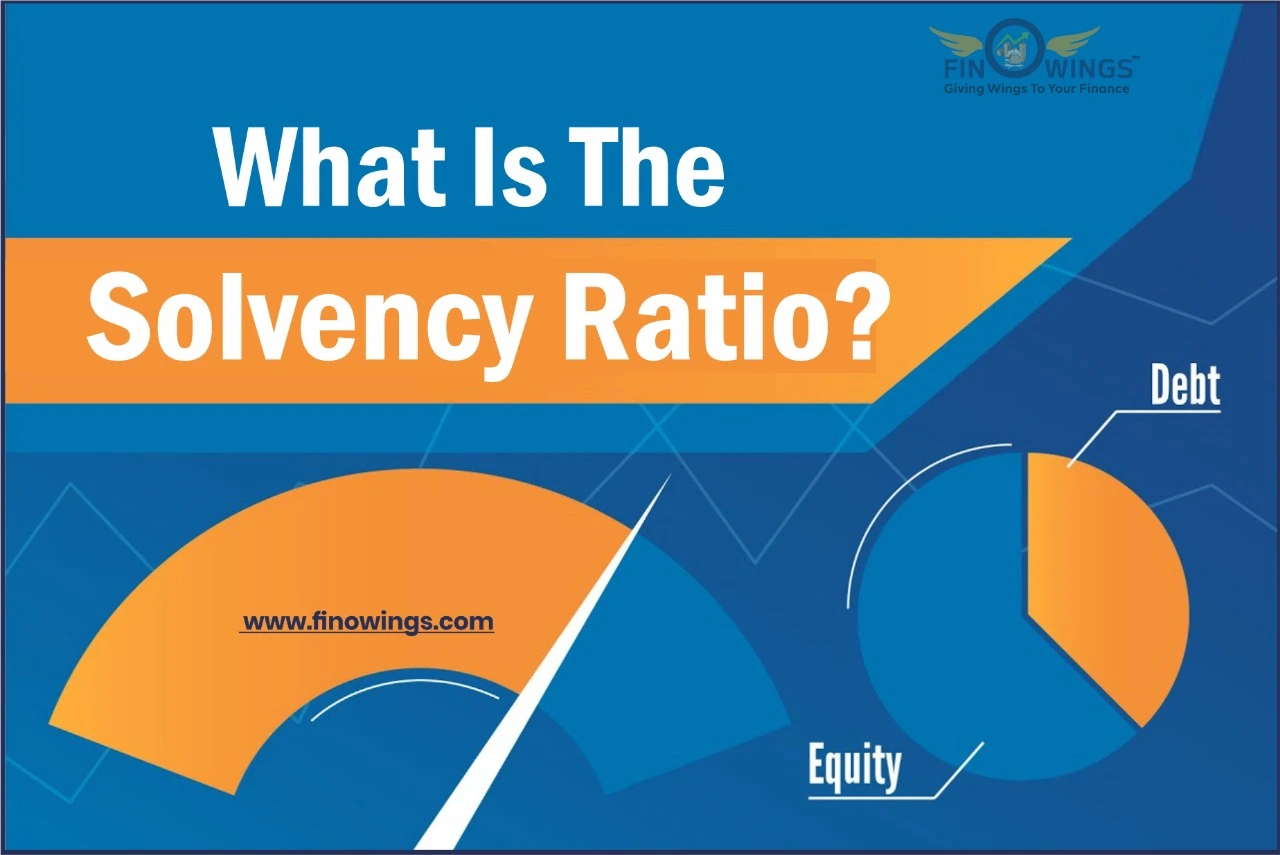Home >> Blog >> Internal Rate of Return (IRR): How to Calculate, Formula & Usage
Internal Rate of Return (IRR): How to Calculate, Formula & Usage
.webp)
Table of Contents
Introduction
There are various techniques of capital budgeting that are used for profit analysis. These techniques are applied to several projects based on various permutations and combinations. Their results help the company to conclude whether to accept a particular proposal or not. The results received from different capital budgeting techniques are likely different.
The internal rate of return is used for the financial measurement of the company by estimating the profitability of different kinds of investments. IRR is that discounting rate where the net present value, calculated based on discounted cash flows, is zero. In simple language, the company's situation will be at par after accepting the proposal: no profit, no loss.
1. Understanding IRR
The project's real annual return when the NPV is zero is known as the internal rate of return. This is why the calculations of the IRR method rely on the same concept as that of NPV. Knowing this is not the project's true value is necessary. IRR is used to rank multiple projects on an even basis. It is often believed that the higher an IRR of a project, the higher the desirability to pick up that project. The corporation will select the project with the highest IRR if forced to choose one among several comparable initiatives. On the other hand, to decide on a single project based on IRR, the IRR is compared to the company's cost of capital. The project is approved if the IRR is higher than the cost of capital.
The main aim of finding the IRR is to identify the rate of discount where the total of the discounted present value of all the net cash inflows is equal to the discounted present value of all the net cash outflows or the initial investment, as the case may be. Of course, several other methods can also be used to determine the project's return. Still, IRR is considered ideal for analyzing the returns of the new project that the company is willing to undertake.
IRR is sometimes considered the yearly growth rate an investment will yield. Therefore it is similar to the Compound Annual Growth Rate (CAGR). However, it is important to note that in practical life, the actual rate of return on the project differs from the internal rate of return.
2.1 The way to calculate IRR is as follows –
1. Keep the NPV as zero in the above formula and solve the equation for IRR, which is the discounting rate.
2. The initial investment is cash outflow for the company. Therefore, it will always be shown as a negative amount.
3. The other subsequent cash flows can be either positive or negative, depending on the case.
4. However, it is difficult to calculate IRR accurately using this formula. So, one must calculate IRR through a trial and error method or using Excel software.
2.2 How to Calculate IRR in Excel?
It is very easy to calculate IRR in Excel using the IRR function. You just need to put in the correct function, and excel will do the entire work of calculations for you and give you the exact internal rate of return. Using the IRR function, you must combine all the cash inflows and the initial cash outflow. You can find the IRR function from the formulas list on the Insert tab.
3. A practical example of IRR
Following is a practical example of the calculation of IRR and its decision for understanding the IRR in detail –
Suppose a company is decided whether it should purchase a new plant of ₹5 lakhs or not. The company's management estimates the facility will last 4 years and produce a new cash inflow of $1,60,000 yearly. In the 5th year, the company plans to sell the plant, resulting in a cash inflow of salvage value of ₹50,000.
The company also has another investment option which will generate a return of 10%. This rate of return is higher than the company's current cost of capital. The company wants to make the best decision to utilize its cash.
Using the IRR function in Excel gives the IRR as 13%. This depicts that the company must purchase the plant since the IRR is higher than the cost of capital and the alternative investment option.
4. Usage of IRR
• The internal rate of return is used for making the capital decisions of a company. IRR is used in capital planning by comparing the profitability of a new project with the existing project. For example – An energy company has two options to choose from. The first option is to purchase/open a new power plant, whereas the second option is to renovate or expand the existing power plant. In this case, the company will take the help of the IRR capital budgeting technique to conclude.
• In the case where both projects will provide equal value to the business in the coming future, the more logical decision will be to select the project with a higher IRR. However, it must be noted that the IRR technique may not be useful for changing discounting rates. Therefore it will not be useful for projects with long periods where discounting rates are expected to vary.
• The companies also use IRR for stock buyback programs. If the company is allocating its subsequent funds to repurchasing its shares, it shows its shares are the better investment option. That means it has a higher IRR than any other investment or acquiring new assets.
• Individuals also use IRR to compare insurance policies by using their premiums and death benefits. When the insurance policies have the same premiums but different IRR, the insurance policy with a higher IRR is selected.
It must be noted that insurance policies have very high IRR during the initial years of the policy. After that, the IRR of an insurance policy decreases over some time. High IRR during the initial stages is that even if you pay one month's premium and suddenly die, your beneficiaries will get the entire lump sum amount.
• IRR is also commonly used for the analysis of returns on investment. It is assumed in most cases that the interest received or the dividend earned is reinvested into the investment. But when an investor doesn't reinvest the dividend earned and wants the dividend as his income, IRR is used to determine the return on cash when the cash flows are so complex.
• IRR is also used for calculating the money-weighted rate of return. This MWRR helps to find the rate of return needed to start with the initial investment.
5. Limitations of IRR
IRR is mostly used in analyzing capital budgeting projects. It can be misinterpreted when used in complex scenarios. For example – While finding IRR for the project, where it has negative cash flows first, followed by positive cash flows, and then again negative cash flows, the IRR may come out with multiple values. It will be difficult to decide on one internal rate of return.
• In projects where all the cash flows are either positive or negative, no IRR will result because no discounting rate will make NPV zero.
• IRR cannot be used as the single criterion for making capital decisions. As a result, most companies do not use the IRR technique as the only decision criterion. Instead, the calculation of IRR is often done along with the company's weighted average cost of capital (WACC) for further consideration.
• IRR is not useful when comparing projects with different lengths. This is because the project with a shorter period will give a higher IRR, making it appear an excellent investment option. Similarly, the project with longer tenure will give a lower IRR, showing that it will yield lower returns.
Final Thoughts
The internal rate of return is a technique to estimate the return on investment and make capital decisions. The higher the IRR, the better the investment decision, and vice-versa. Regarding varying projects, IRR can be used to rank the projects, and the project with the highest IRR is chosen as the best option.
Companies also use IRR to decide whether to invest in their capital or not. There are various options available to the company to grow its business, such as purchasing a new asset, expanding or renovating the existing business, making acquisitions, and so on. Here, IRR helps to determine the best investment decision that will give maximum results. You can also consult Agrawal Corporate to know more about various business opportunities for making wise decisions for your business.
Frequently Asked Questions
IRR is a capital budgeting technique used to determine whether to accept a particular project or not
IRR is that point where NPV is zero.
Yes, IRR is a good measure because with the time, it decreases unless ROI that remains constant.
• Ignores size of the project
• May give inaccurate results sometimes
• Ignores future costs

















